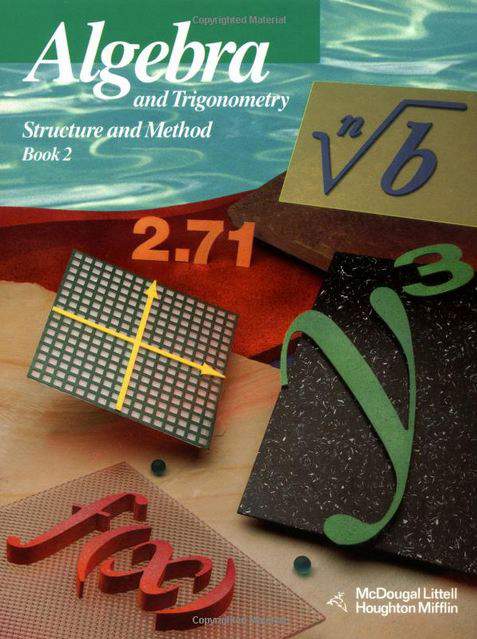Connecting...

This is a quick preview of the lesson. For full access, please Log In or Sign up.
For more information, please see full course syllabus of Algebra 2
For more information, please see full course syllabus of Algebra 2
Algebra 2 Operations with Radical Expressions
Lecture Description
We'll use properties of radicals in this lesson. One of the properties is the quotient property, which tells us that if we have the fifth root of x over y, we can split it up into the fifth root of x over the fifth root of y. The properties of radicals can help solve problems that involve simplifying radical expressions. In this lecture, you'll learn what a simplified radical expression is, and how to simplify it. The common problems that you’ll learn involve rationalizing denominators and conjugate radical expressions. Besides that, you’ll learn how to add, subtract, and multiply radicals.
Bookmark & Share
Embed
Share this knowledge with your friends!
Copy & Paste this embed code into your website’s HTML
Please ensure that your website editor is in text mode when you paste the code.(In Wordpress, the mode button is on the top right corner.)
×
Since this lesson is not free, only the preview will appear on your website.
- - Allow users to view the embedded video in full-size.
Next Lecture
Previous Lecture









































 Carleen Eaton
Carleen Eaton Grant Fraser
Grant Fraser
 Answer Engine
Answer Engine



0 answers
Post by will samfield on February 9, 2016
Nvm i fixed it sorry
0 answers
Post by will samfield on February 9, 2016
Your videos arnt working
0 answers
Post by julius mogyorossy on November 18, 2014
Dr. Carleen, I discovered a rational number for Pi. Thanks for the educating.
1 answer
Sun Mar 11, 2012 6:53 PM
Post by Jeff Mitchell on March 4, 2012
In the first review example, it looks like toward the end of the example you left off the ^3 for x. so it should have been xyz*[fifth-root](x^3y^4) / 3